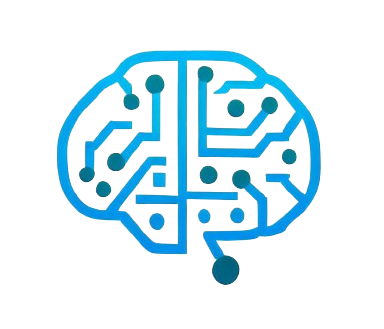Due to advancements in technology, researchers now can gather and analyze extensive datasets. Harnessing this data for meaningful insights necessitates efficient processing techniques. A team at Rensselaer Polytechnic Institute, led by Boleslaw Szymanski, Ph.D., the Claire and Roland Schmitt Distinguished Professor of Computer Science and the head of the Network Science and Technology Center, revealed findings in Genome Biology about a strategy that adeptly categorizes this information for multiple uses. This technique, known in the realm of machine learning, is called clustering.
 The group’s clustering innovation, called SpeakEasy2: Champagne, underwent evaluations against other algorithms to test its prowess in handling complex layers of information such as bulk gene expression, single-cell datasets, protein interaction frameworks, and expansive human network datasets. Bulk gene expression analysis is typically specific to certain tissues and diseases, providing insights into functionality and phenotype – the interaction between an organism’s genetics and its environment.
The group’s clustering innovation, called SpeakEasy2: Champagne, underwent evaluations against other algorithms to test its prowess in handling complex layers of information such as bulk gene expression, single-cell datasets, protein interaction frameworks, and expansive human network datasets. Bulk gene expression analysis is typically specific to certain tissues and diseases, providing insights into functionality and phenotype – the interaction between an organism’s genetics and its environment.
Analysis of single-cell data sorts information based on singular cellular characteristics. Protein interactions are vital to cellular signaling; hence recognizing protein clusters is key to understanding cellular operations. Through a series of tests, Szymanski’s team discovered that while there isn’t an absolute algorithm that excels in all scenarios, SpeakEasy2: Champagne demonstrated a robust performance across various data types, underscoring its utility in structuring molecular data.
Szymanski explained that they ran tests to verify the algorithms’ effectiveness in varying conditions, including those with high volumes of non-relevant data and fresh, previously unseen data. The objective was to assess the dependability and efficiency of these methods over numerous network varieties. SpeakEasy2: Champagne consistently showed satisfactory results.
Curt Breneman, Ph.D., and dean of Rensselaer’s School of Science emphasized the importance of refining machine learning approaches to effectively integrate and analyze large, complex datasets riddled with noise. He expressed that Szymanski’s research is pivotal in fostering scientific breakthroughs across diverse study areas, offering insights into cellular operations, and gene functions, and also highlighting novel approaches to disease treatment and medication targets.
The study marks the continuation of a ten-year collaborative effort with Chris Gaiteri, Ph.D., of Rush University Medical Center and colleagues. Eight years prior, they initially engineered an algorithm named SpeakEasy. The exponential growth of biomedical data and the sophistication required for modern software led to the development of SpeakEasy2: Champagne, catering to more complex and extensive datasets in the biomedical field.
